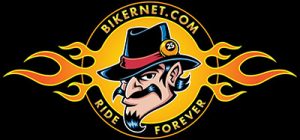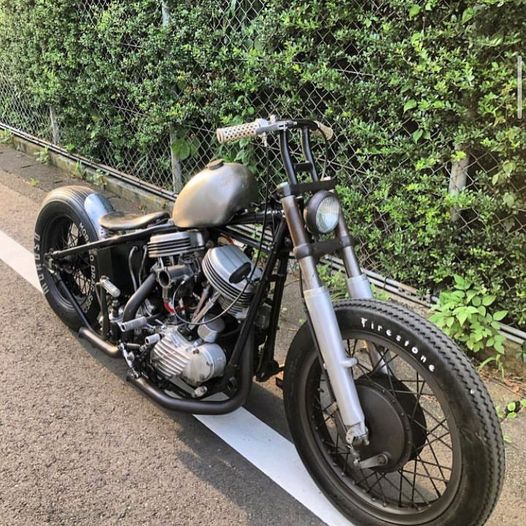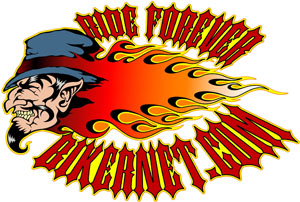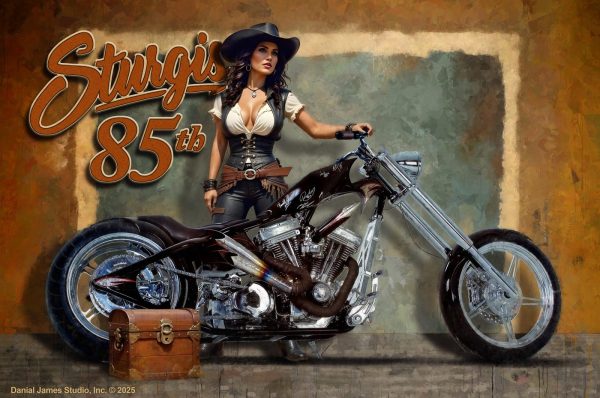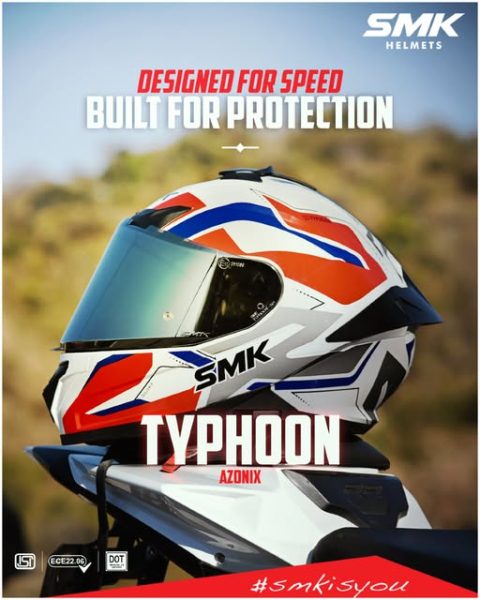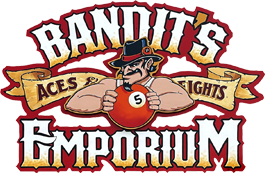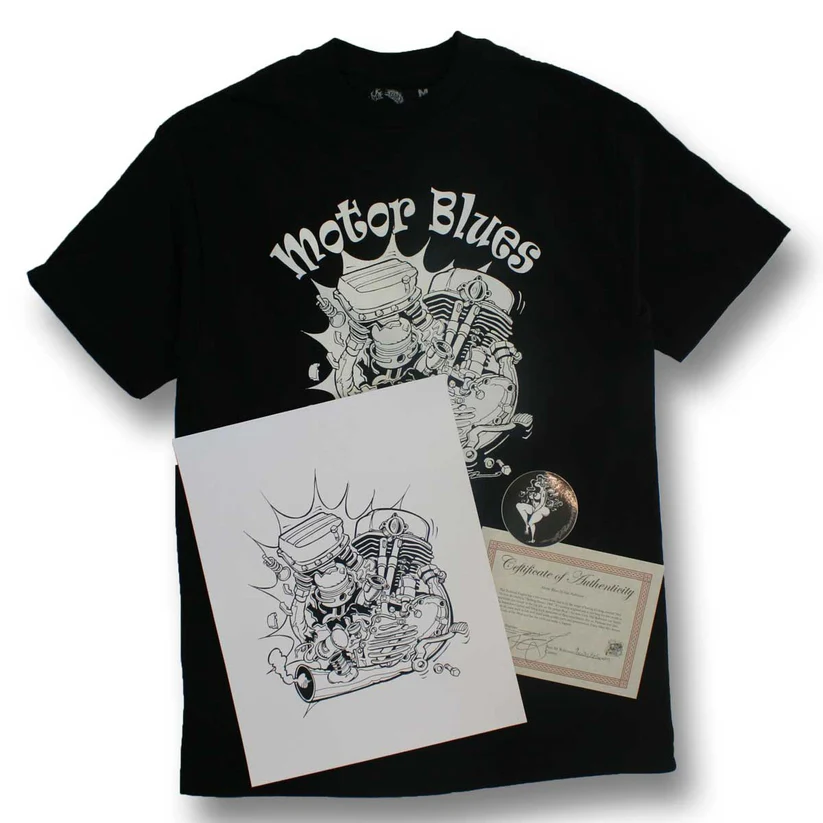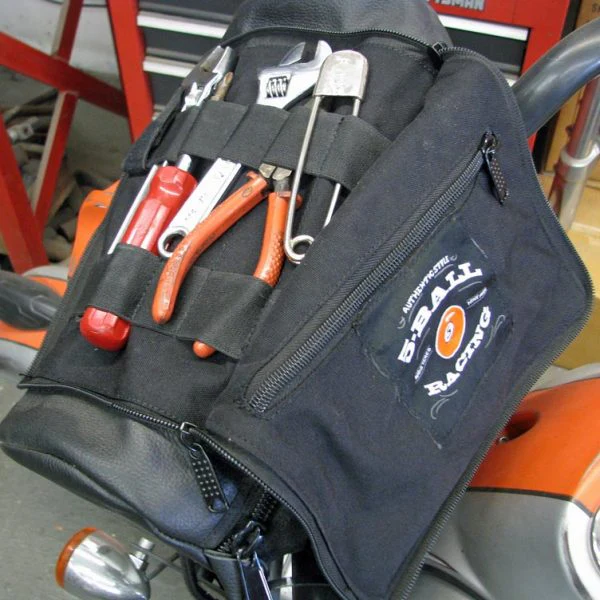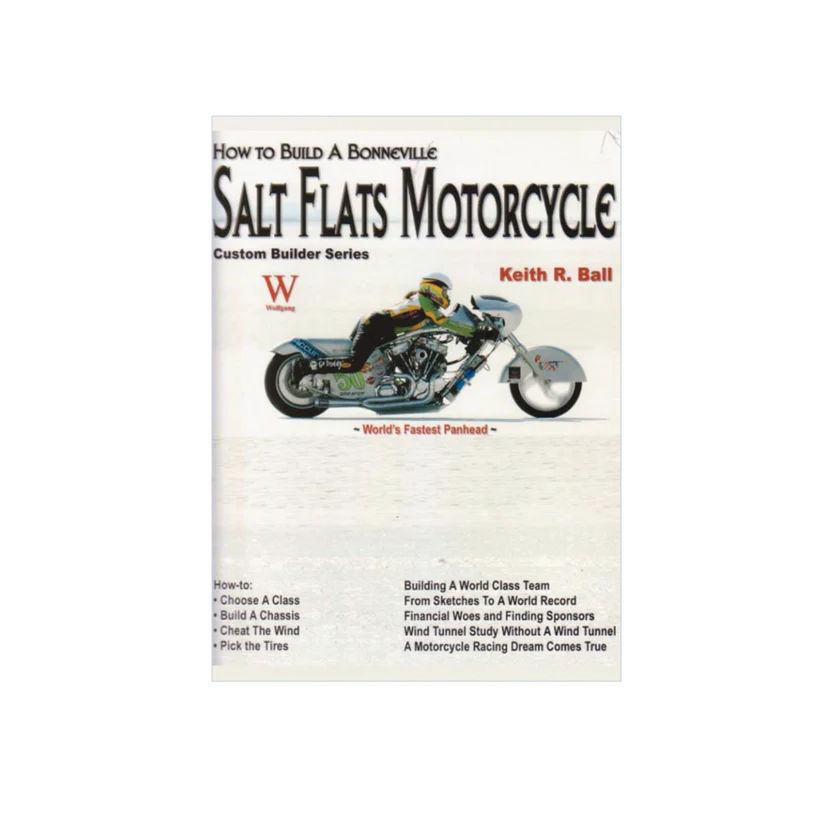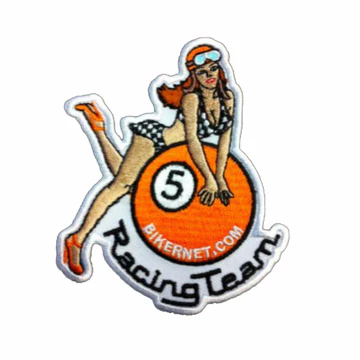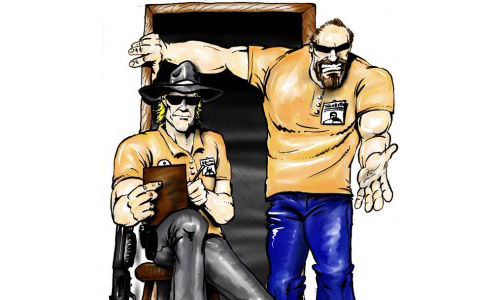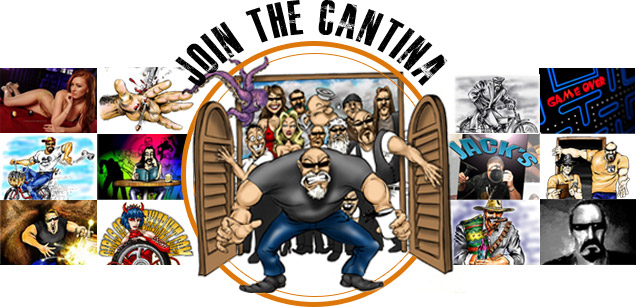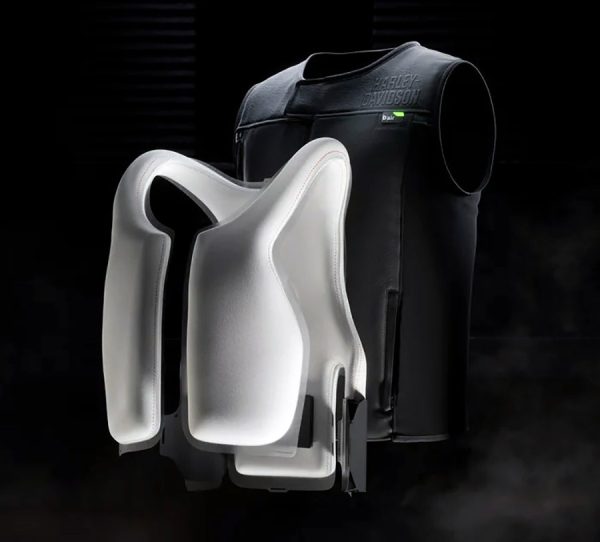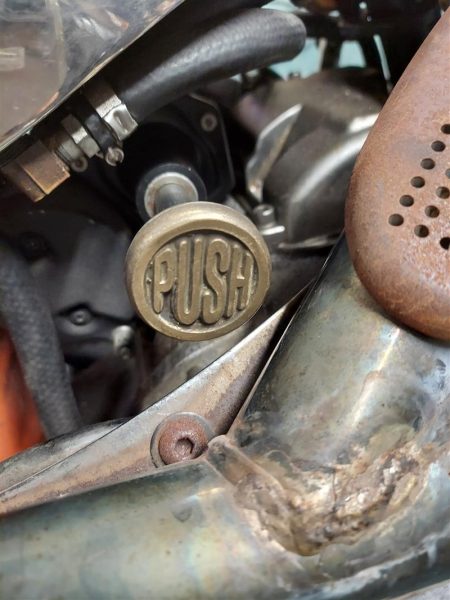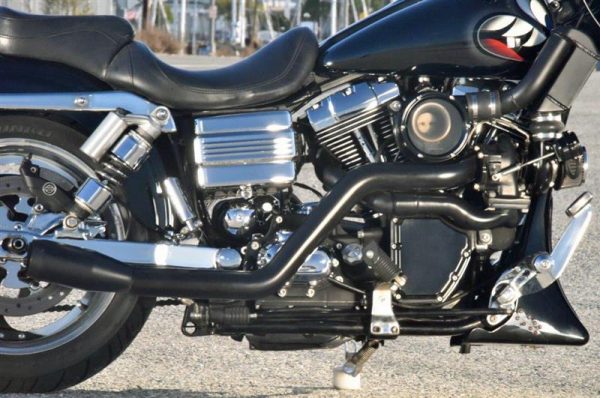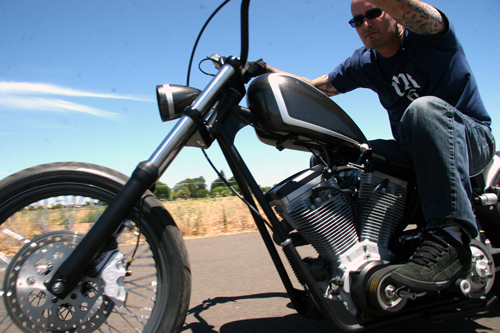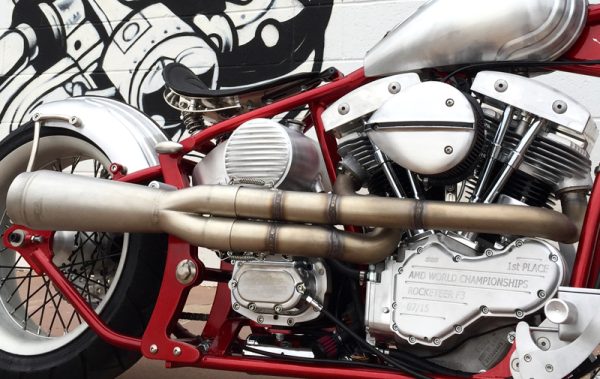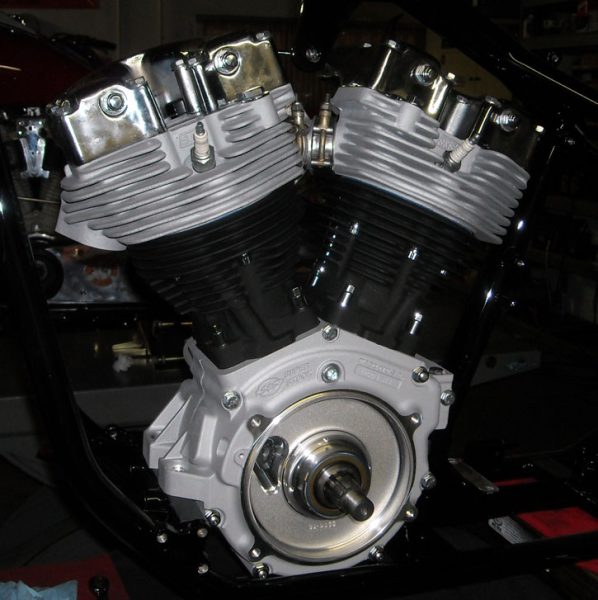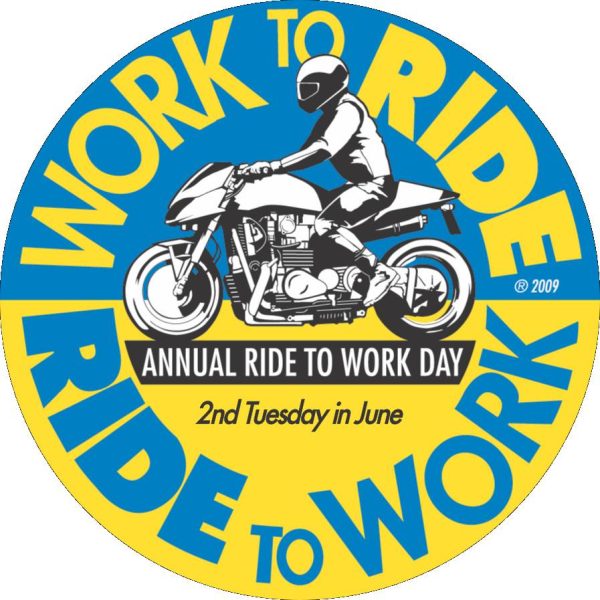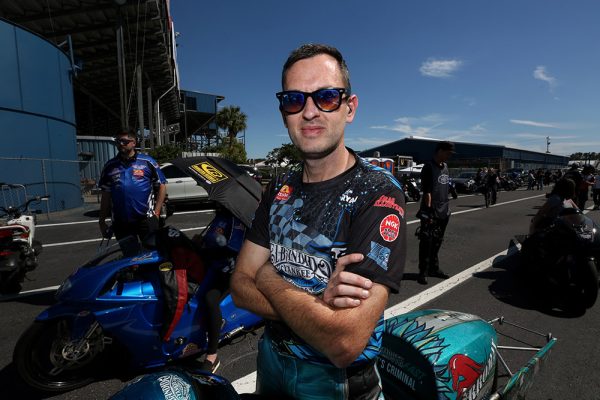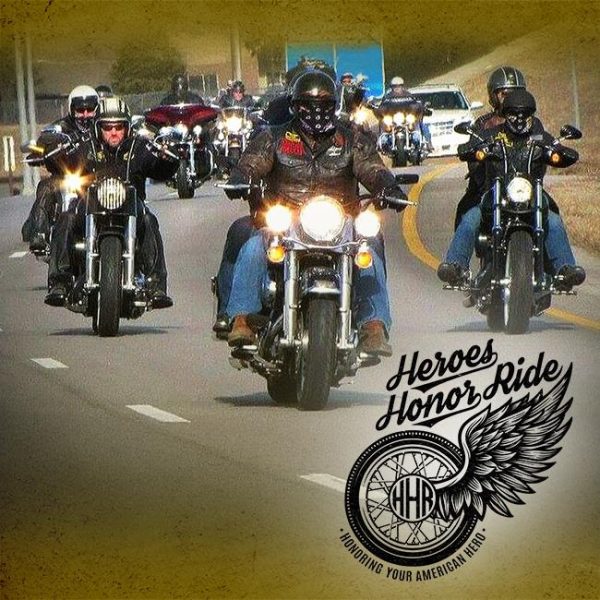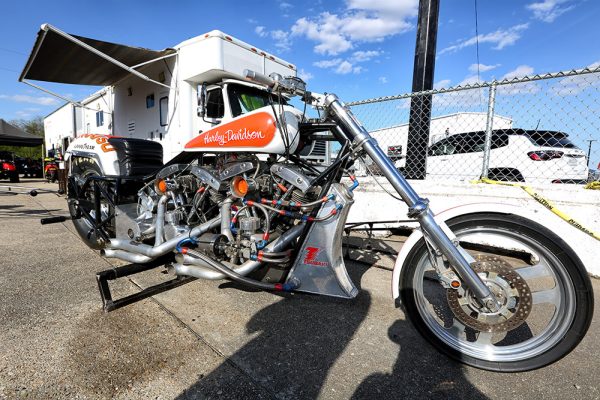Latest Articles
THE CROSSROADS BIKERNET WEEKLY NEWS for April 24th, 2025
Hey, This is beyond wild. The whole world is at a crossroads. We are trying ...
THE SORDID STORY BEHIND BIKERNET.COM
It all started when my mother ran over my 1964 metal flaked Honda 55 Super ...
HARLEY-DAVIDSON IN TROUBLE
Harley-Davidson is Facing a Proxy Vote on Wednesday Board members need to hit the road, ...
HEADS UP! SMK HITS USA
“I’ll tell you a funny story,” confides Shilpa Arora, President of Bikerz US Inc. Bikerz ...
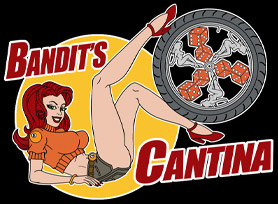
New in the Cantina
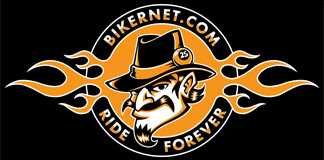
Weekly News
THE NUTS BIKERNET WEEKLY NEWS for October 21, 2021
Hey, Weekly I ask myself if I’m nuts and on the wrong track. I know ...
FOSSIL FUEL BIKERNET WEEKLY NEWS for October 14th, 2021
Hey,Interesting day in Paradise. I watched another movie by Ben Affleck and of course his ...
GETTING A GRIP BIKERNET WEEKLY NEWS for October 7, 2021
Hey,What do you think? We’re headed directly into the magnificent Holidays. Sometimes I get depressed ...
STAY CALM BIKERNET WEEKLY NEWS for September 30, 2021
Hey,My son sent me a documentary about the Great Reset. I started to watch it, ...
Tech Articles
The Real McCoy, H-D Frame Castings
A shot from the era when we first started to hack off tank tabs to ...
Cha Ching Part 2: from Kustom Fab
Check Part 1: Click here. When we last left off, I was finally able to ...
World’s Simplest Starter Tech
Okay, so here’s the confession. When I build bobbers or choppers, I try to keep ...
Bike Features
The Dream Turbo Dyna
It's a fascinating story of motorcycle love, business survival and toughness. But if you mentioned ...
Sturgis 2009 Flyer
Super hot NorCal custom bike builder Bryan Shimke -- owner and operator of TPJ Customs ...
Limited Edition Rocketeer Heading To Dubai
It’s a cold winter day in the heart of Oklahoma City, the largest city in ...
Angry White Roy’s Shovelhead
We have a 1984 Shovelhead in the shop and have been unhappy with the primary ...
Event Features
RIDE TO WORK ACTION
Your city can support this event by proclamation, and also encourage riding by providing free ...
Flyin’ Ryan Oehler gets Communication Partner
'Martin One Source Partners with Flyin’ Ryan Oehler and El Bandido Yankee Tequila Racing as ...
Inaugural Heroes Honor Ride
Honor our nation's heroes by joining your friends and special celebrity riders for a 40-mile ...
Nitro Harley Solutions at No Problem
Peery, Peterson and Dangrow Find Nitro Harley Solutions at No Problem Nitro Harley race coverage ...
